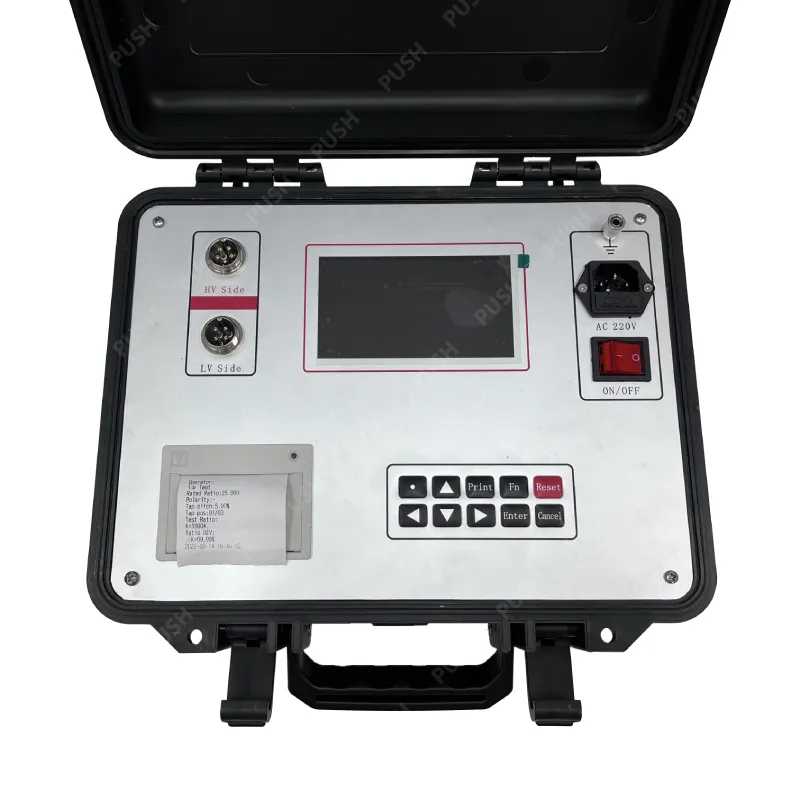 English
English



-
 Afrikaans
Afrikaans -
 Albanian
Albanian -
 Amharic
Amharic -
 Arabic
Arabic -
 Armenian
Armenian -
 Azerbaijani
Azerbaijani -
 Basque
Basque -
 Belarusian
Belarusian -
 Bengali
Bengali -
 Bosnian
Bosnian -
 Bulgarian
Bulgarian -
 Catalan
Catalan -
 Cebuano
Cebuano -
 China
China -
 China (Taiwan)
China (Taiwan) -
 Corsican
Corsican -
 Croatian
Croatian -
 Czech
Czech -
 Danish
Danish -
 Dutch
Dutch -
 English
English -
 Esperanto
Esperanto -
 Estonian
Estonian -
 Finnish
Finnish -
 French
French -
 Frisian
Frisian -
 Galician
Galician -
 Georgian
Georgian -
 German
German -
 Greek
Greek -
 Gujarati
Gujarati -
 Haitian Creole
Haitian Creole -
 hausa
hausa -
 hawaiian
hawaiian -
 Hebrew
Hebrew -
 Hindi
Hindi -
 Miao
Miao -
 Hungarian
Hungarian -
 Icelandic
Icelandic -
 igbo
igbo -
 Indonesian
Indonesian -
 irish
irish -
 Italian
Italian -
 Japanese
Japanese -
 Javanese
Javanese -
 Kannada
Kannada -
 kazakh
kazakh -
 Khmer
Khmer -
 Rwandese
Rwandese -
 Korean
Korean -
 Kurdish
Kurdish -
 Kyrgyz
Kyrgyz -
 Lao
Lao -
 Latin
Latin -
 Latvian
Latvian -
 Lithuanian
Lithuanian -
 Luxembourgish
Luxembourgish -
 Macedonian
Macedonian -
 Malgashi
Malgashi -
 Malay
Malay -
 Malayalam
Malayalam -
 Maltese
Maltese -
 Maori
Maori -
 Marathi
Marathi -
 Mongolian
Mongolian -
 Myanmar
Myanmar -
 Nepali
Nepali -
 Norwegian
Norwegian -
 Norwegian
Norwegian -
 Occitan
Occitan -
 Pashto
Pashto -
 Persian
Persian -
 Polish
Polish -
 Portuguese
Portuguese -
 Punjabi
Punjabi -
 Romanian
Romanian -
 Russian
Russian -
 Samoan
Samoan -
 Scottish Gaelic
Scottish Gaelic -
 Serbian
Serbian -
 Sesotho
Sesotho -
 Shona
Shona -
 Sindhi
Sindhi -
 Sinhala
Sinhala -
 Slovak
Slovak -
 Slovenian
Slovenian -
 Somali
Somali -
 Spanish
Spanish -
 Sundanese
Sundanese -
 Swahili
Swahili -
 Swedish
Swedish -
 Tagalog
Tagalog -
 Tajik
Tajik -
 Tamil
Tamil -
 Tatar
Tatar -
 Telugu
Telugu -
 Thai
Thai -
 Turkish
Turkish -
 Turkmen
Turkmen -
 Ukrainian
Ukrainian -
 Urdu
Urdu -
 Uighur
Uighur -
 Uzbek
Uzbek -
 Vietnamese
Vietnamese -
 Welsh
Welsh -
 Bantu
Bantu -
 Yiddish
Yiddish -
 Yoruba
Yoruba -
 Zulu
Zulu
Load Testing Performance Analysis of Single Phase Transformer under Varying Conditions
Load Test on a Single Phase Transformer
A single-phase transformer is a critical component in electrical systems, primarily used to step up or step down voltage levels for various applications. Conducting a load test on a single-phase transformer is essential for evaluating its performance, efficiency, and reliability under operating conditions. In this article, we explore the significance of load testing, the methodology involved, and the insights gained through the graphical representation of test results.
Importance of Load Testing
Load testing serves multiple purposes. First and foremost, it helps to assess the transformer’s capacity to handle specified loads without exceeding thermal limits. In practical applications, transformers can experience fluctuations in load due to variable demand, and understanding their limits is crucial for preventing damage and ensuring operational continuity. Moreover, load testing facilitates the identification of any potential issues, such as excessive heating, core saturation, or winding faults, which could lead to premature failure.
Methodology of Load Testing
The load test procedure involves several stages. Initially, the transformer is connected to a primary supply and secondary load, ensuring that all safety measures are in place. The primary side is energized, and the voltage and current are monitored closely. The secondary side is subjected to various load levels while measurements of voltage, current, power factor, and temperature are recorded.
load test on single phase transformer graph

The data collected during the test includes no-load losses (core losses) and load losses (copper losses), which can be plotted on graphs for visual analysis. Typically, the load test is executed stepwise, gradually increasing the load from zero to the full rated capacity of the transformer. This approach not only provides a comprehensive view of the transformer's performance but also helps in identifying the specific points where deviations occur.
Analyzing Load Test Graphs
The graphical representation of load test data is critical for interpreting the transformer's behavior under load. Commonly, the graphs will plot parameters such as voltage, current, and efficiency against the percentage of load. The voltage regulation can also be assessed from these graphs, indicating the transformer's ability to maintain a stable output voltage as the load varies.
One of the fundamental takeaway points from load test graphs is the relationship between load and efficiency. Ideally, a transformer should operate at peak efficiency near its rated load. When plotted, a curve showing efficiency typically rises to a peak and may decline beyond the optimal load. Additionally, observing the temperature rise in relation to load can help determine the thermal performance and reveal if the transformer operates within safe limits.
Conclusion
Conducting a load test on a single-phase transformer is an indispensable process in ensuring reliability and efficiency in electrical systems. The insights garnered from both quantitative data and graphical representation help engineers and technicians make informed decisions about maintenance, operation, and upgrades. Through meticulous analysis of parameters illustrated in load test graphs, potential issues can be identified early, ensuring the longevity and optimal functioning of transformers. Ultimately, understanding the load characteristics is essential for the smooth operation of electrical distribution systems, underscoring the importance of rigorous testing protocols.
-
Ensuring Transformer Reliability with High-Precision Turns Ratio TestingNewsJul.18,2025
-
Ensuring SF₆ Gas Safety: Introducing PUSH’s Integrated SF₆ Analyzer for Dew Point, Purity, and Decomposition MonitoringNewsJul.10,2025
-
Exploring the Main Types of Industrial Endoscopes and Their Applications Across IndustriesNewsJul.04,2025
-
Testing Equipment Industry Sees Major Advancements in 2025: Smart & Precision Technologies Lead the WayNewsJun.06,2025
-
Applications of Direct Current Generators in Renewable Energy SystemsNewsJun.05,2025
-
Hipot Tester Calibration and Accuracy GuidelinesNewsJun.05,2025



